Scott Scale RC SL HMX SL Frame Manual
Læs gratis den danske manual til Scott Scale RC SL HMX SL Frame (54 sider) i kategorien Cykel. Denne vejledning er vurderet som hjælpsom af 16 personer og har en gennemsnitlig bedømmelse på 4.9 stjerner ud af 8.5 anmeldelser.
Har du et spørgsmål om Scott Scale RC SL HMX SL Frame, eller vil du spørge andre brugere om produktet?

Produkt Specifikationer
| Mærke: | Scott |
| Kategori: | Cykel |
| Model: | Scale RC SL HMX SL Frame |
Har du brug for hjælp?
Hvis du har brug for hjælp til Scott Scale RC SL HMX SL Frame stil et spørgsmål nedenfor, og andre brugere vil svare dig
Cykel Scott Manualer
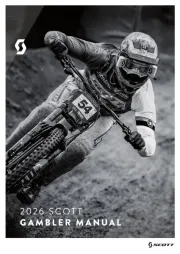
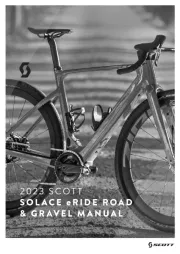
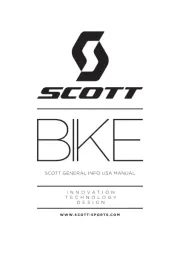
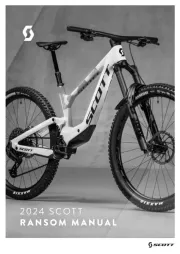
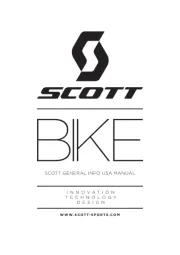
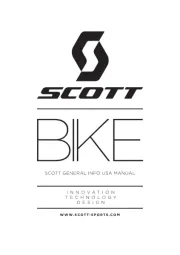
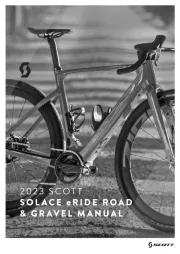



Cykel Manualer
- Kawasaki
- Sigma
- QU-AX
- TranzX
- Montego
- Kogan
- Geuther
- Kent
- Urban Arrow
- Silent Force
- Ideal
- Mongoose
- Ducati
- Nils Fun
- Pazzaz
Nyeste Cykel Manualer









